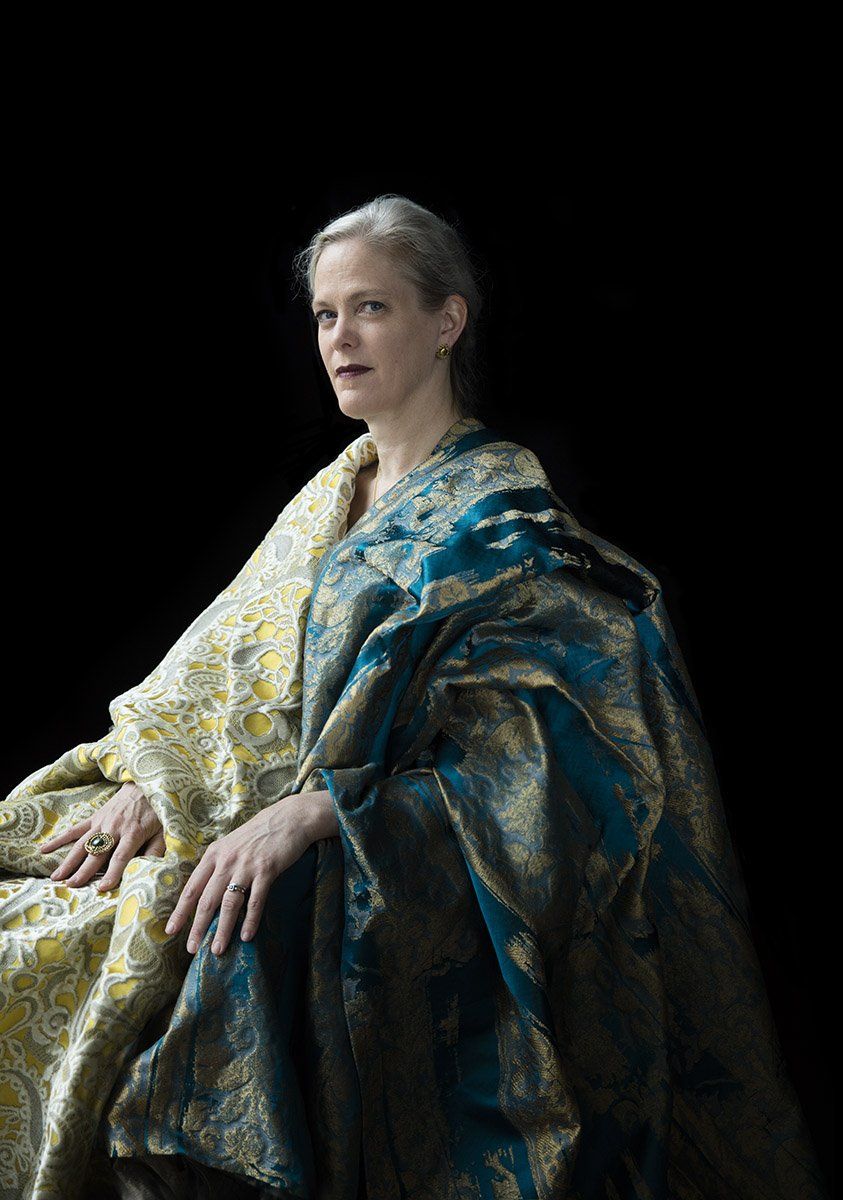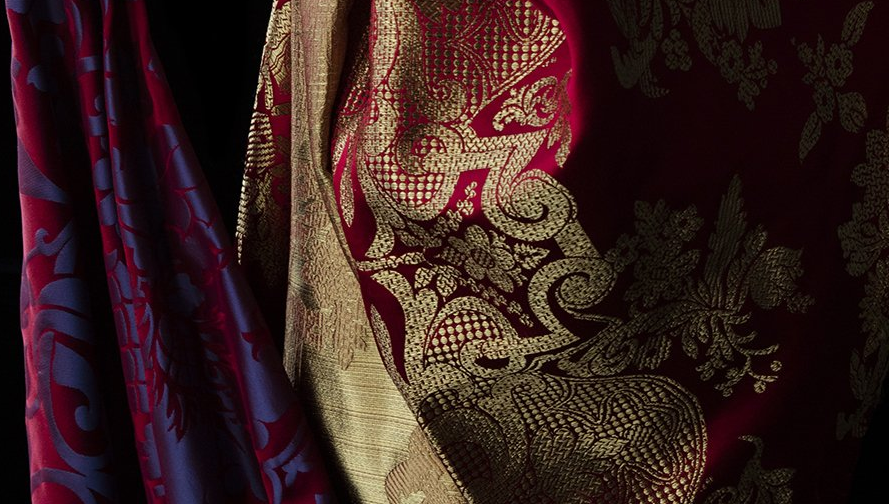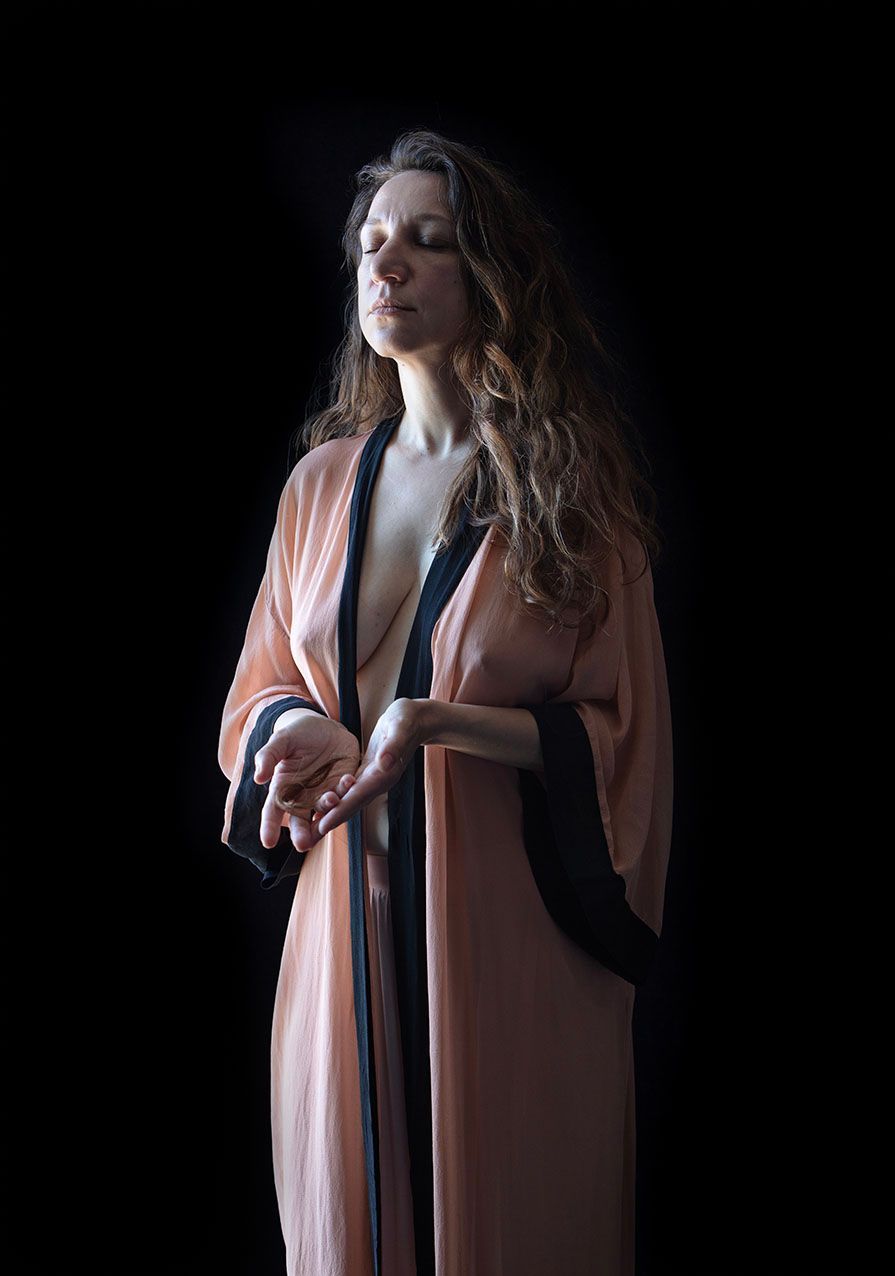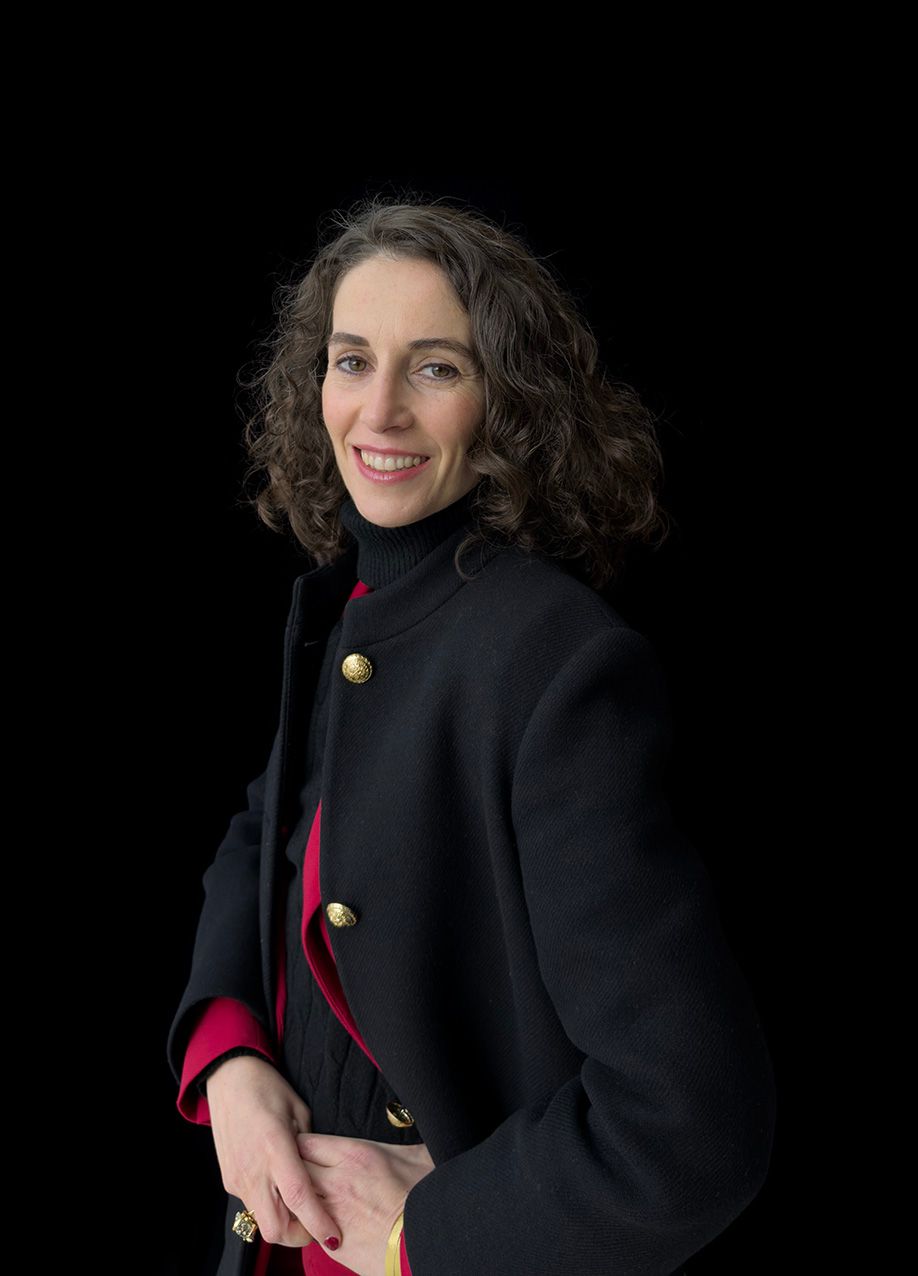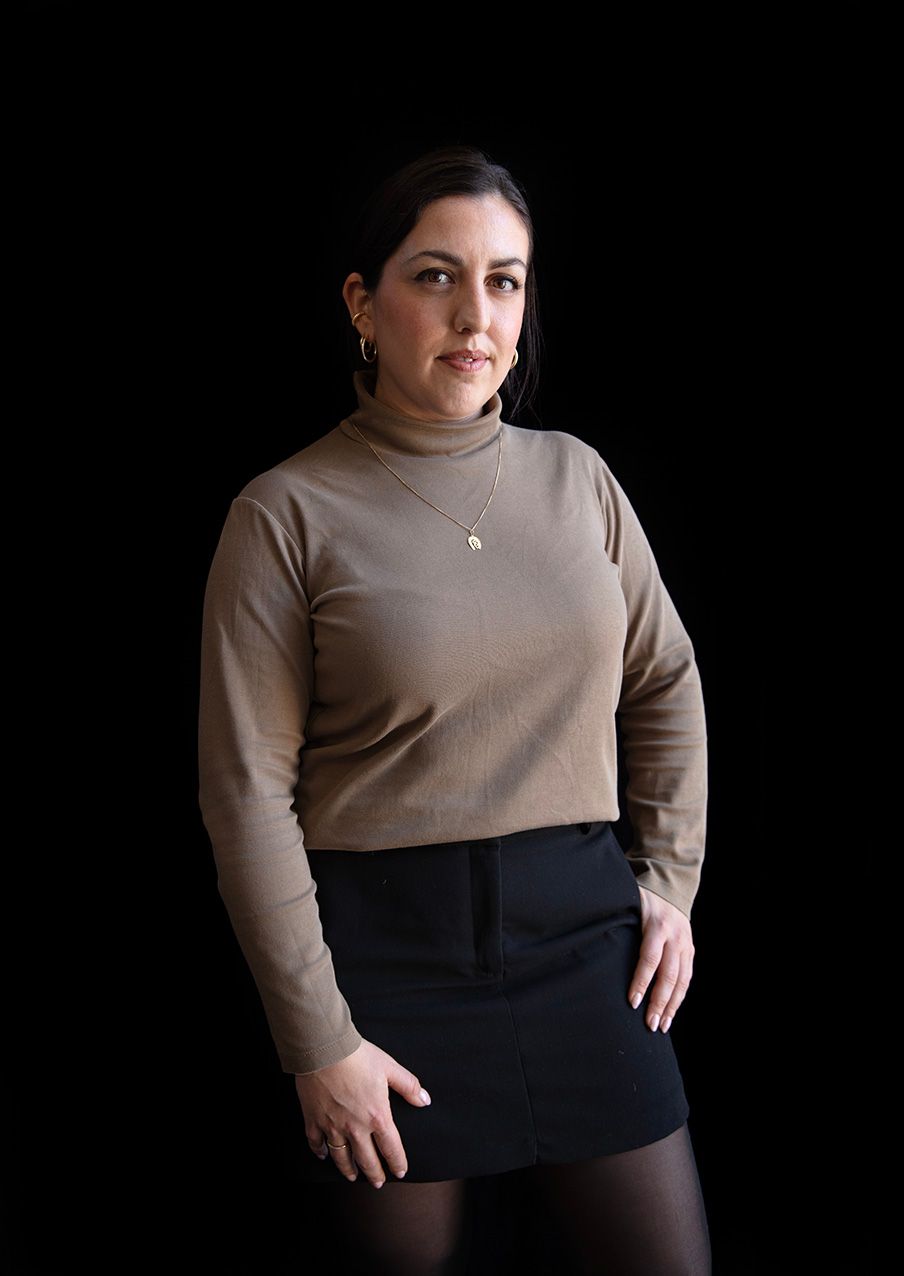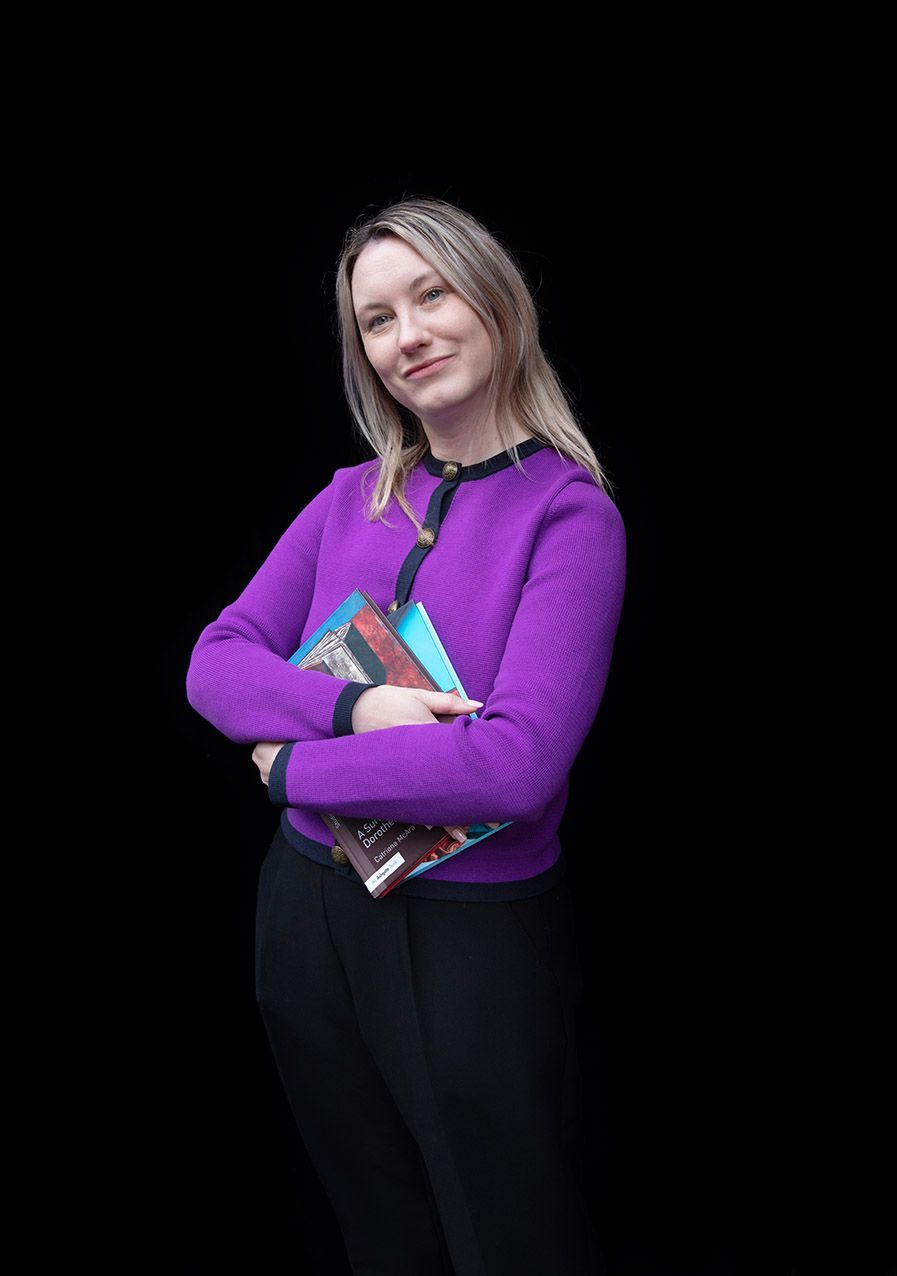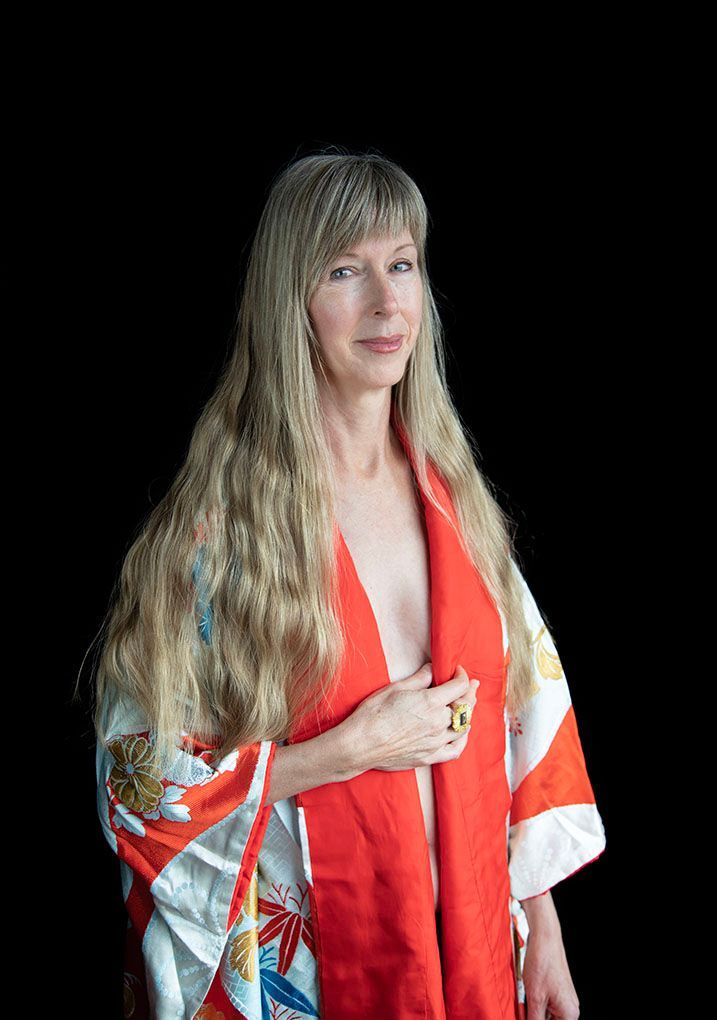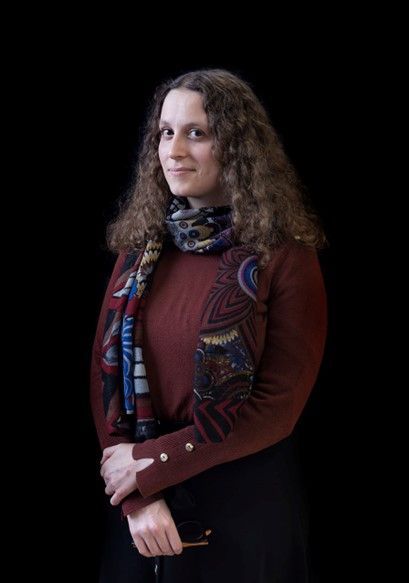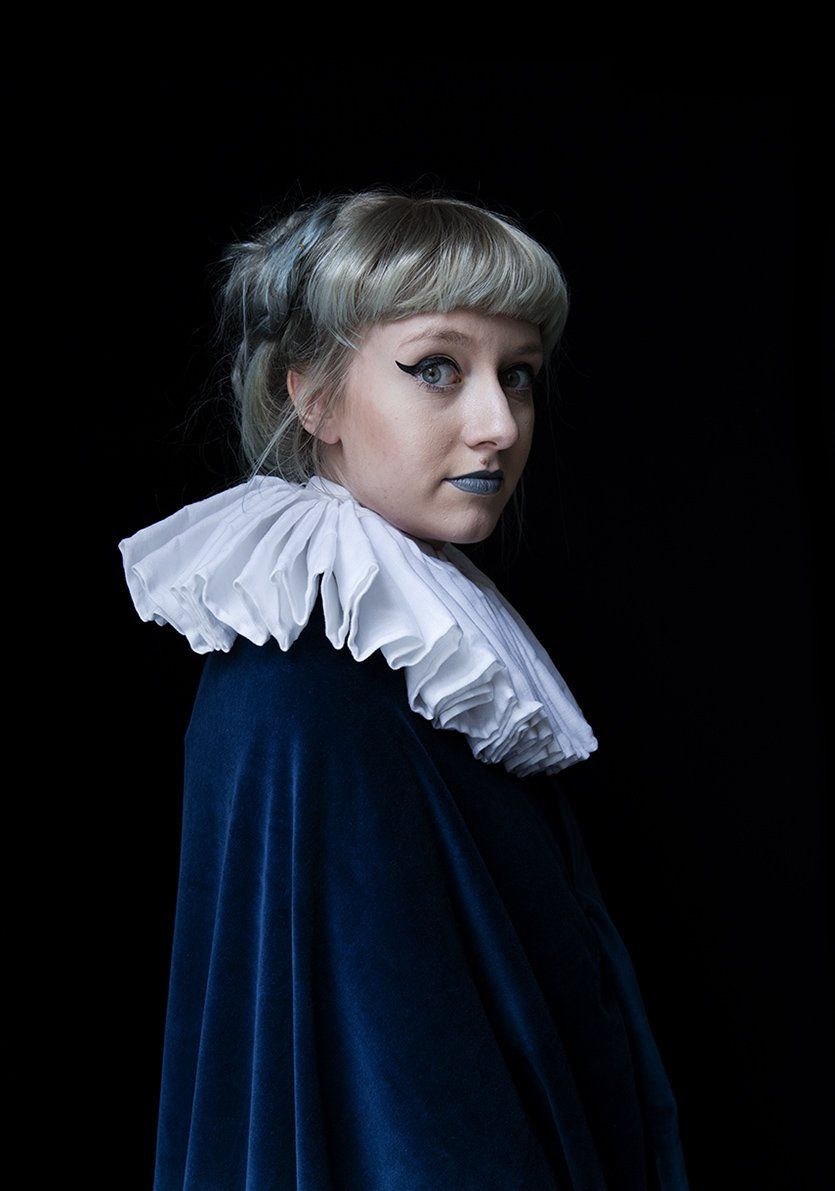Female Voices in Art: Aoife Brady, Curator of Italian and Spanish Art, National Gallery of Ireland
“To me, this project represents the growing power of women in the art world; Carla’s photographs are a physical manifestation of a changing of the tides.”
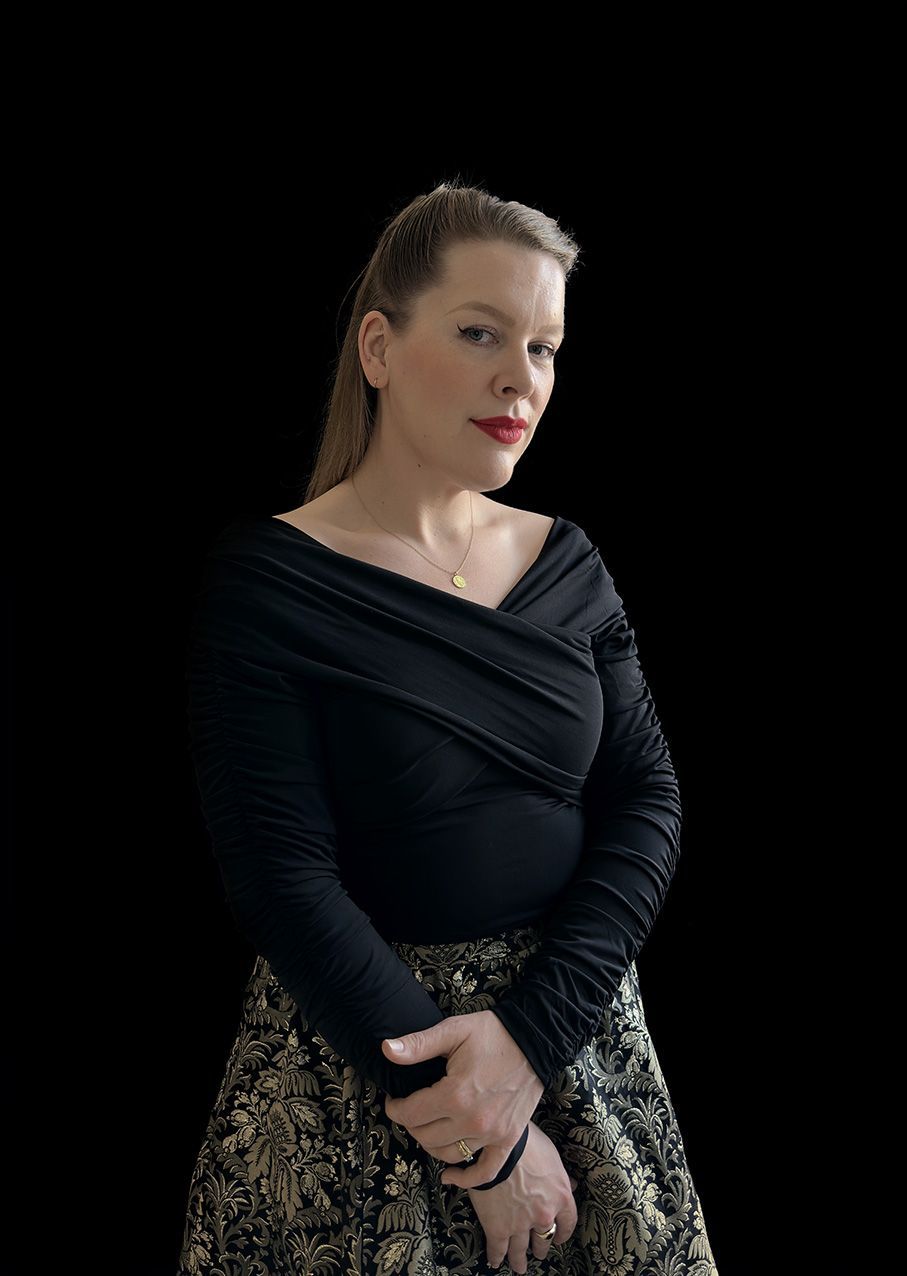
Aoife Brady (b. Dublin, 1990) is Curator of Italian and Spanish art at the National Gallery of Ireland. A specialist in Bolognese painting, she was awarded a doctorate in the History of Art from Trinity College Dublin in 2017, and has held curatorial roles with The National Gallery, London, and the Paintings Department of The J. Paul Getty Museum, Los Angeles. Aoife is a member of the Old Masters vetting committee for TEFAF, Maastricht. Her curatorial projects have included an exhibition of Bartolomé Esteban Murillo’s series of paintings depicting the parable of the Prodigal Son, in collaboration with the Museo del Prado, Madrid, and the Meadows Museum, Dallas, and an in-focus display of sixteenth-century Florentine paintings representing the Christ Child and Saint John the Baptist. More recently, Aoife Brady curated a large-scale monographic exhibition examining the life and work of Lavinia Fontana (National Gallery of Ireland, 6 May–27 August 2023).
Could you tell us something about your role in the art world?
I am the sole curator of our national collection of Italian and Spanish art in Dublin, Ireland, responsible for works spanning from 1300 to 1850. My primary research interests relate to the study of painting techniques, materials, and artists’ studio practices, with focus on seventeenth-century Italy and Spain. A lot of my work involves collaboration with conservators and scientists, using an interdisciplinary approach to investigate artists’ working methods and techniques, and to address questions of attribution. My recent research has focused on the workshop practices of women in the early modern period, an area of study currently underrepresented in scholarship.
What did you enjoy about being a part of this project?
I felt it a real privilege to be immortalised among a group of formidable women who I much admire. To me, this project represents the growing power of women in the art world; Carla’s photographs are a physical manifestation of a changing of the tides.
Do you have a favourite artist?
It changes all the time, but an enduring favourite for me since my days studying as an undergraduate has been Titian. The immediacy and dynamism of his brushwork has always made it easy for me to imagine him at work, transporting me to sixteenth-century Venice. And then, there is his handling of the female form: I remember encountering his Rape of Europa in the Isabella Stewart Gardner Museum at 20-years-old. Seeing a woman’s body represented with such naturalism – cellulite and all – had a profound and lasting effect on me.
What is your earliest memory involving art?
Being brought on a school tour to the National Gallery of Ireland – probably aged around six – and seeing Daniel Maclise’s monumental canvas, The Marriage of Aoife and Strongbow. The tour guide showed us a tiny square of dirt left in the corner of the painting, deliberately left after cleaning to show how dirty it had been. Around two decades later, I found myself interning in the Gallery’s Conservation Department, where they were embarking on another major conservation treatment of the same work. It felt like coming full circle.
Do you have any special thoughts about the position of women in the art world?
I think our positions are changing, and changing rapidly. I have been at the National Gallery of Ireland for five years now, and in that short time we have engaged in numerous exhibition and research projects focused on women as artists and public figures, seen the acquisition of a large number of works by important women artists (including Elisabetta Sirani, Rachel Ruysch, and Hannah Höch, to name but a few), hosted the first large-scale monographic exhibition devoted to a woman artist at the Gallery (Lavinia Fontana: Trailblazer, Rulebreaker), and witnessed the appointment of the Gallery’s first female Director, Dr Caroline Campbell, first female Director of Collections and Research, Kim Smit, and first female Curator of Dutch and Flemish Art, Dr Lizzie Marx. I feel lucky to be in such inspiring company.
What are you wearing, and is there a story behind it?
My clothes tend to be a mixture of vintage and high-street finds. The brocade gold skirt caught my eye in a window on Dublin’s Grafton Street, and I had to own it for its Baroque splendour. My top comes from Vero Moda’s sustainable fashion line. Around my neck is a small gold coin – a miniature cast of the Irish punt or pound, the currency used before we converted to the Euro – which has my year of birth on it. It was a gift from my husband for my thirtieth birthday, and wearing it is a nice reminder of my heritage.
What are you currently working on?
Following on from a major monographic project last year, on Renaissance painter Lavinia Fontana, I find myself occupied in 2024 primarily with publications. I am currently writing an essay on Fontana’s workshop management for a volume being published by Brill later in the year, and another on Fontana’s interaction with Renaissance theatre for a Routledge publication celebrating a conference hosted last year between the National Gallery of Art, Washington, D.C., and Julliard in New York. I’m also contributing to a catalogue for an exhibition on Guido Reni’s workshop at the Musée des beaux-arts d'Orléans.
Could you mention a project, an institution that, or a person who has been important or inspiring for your career and why?
There have been so many people who have supported and inspired me during the course of my career, but here I’d like to mention Dr Peter Cherry, Associate Professor in the Department of History of Art, Trinity College Dublin, and my former PhD supervisor. Peter was the person who encouraged me to pursue a PhD and a curatorial career, and has remained a friend, confidant, and trusted advisor ever since. His object-focused approach to art history has inspired the way that I work, and he is a staunch supporter of women in the art world. He will retire from Trinity this May, and his presence here in Dublin will be sorely missed.
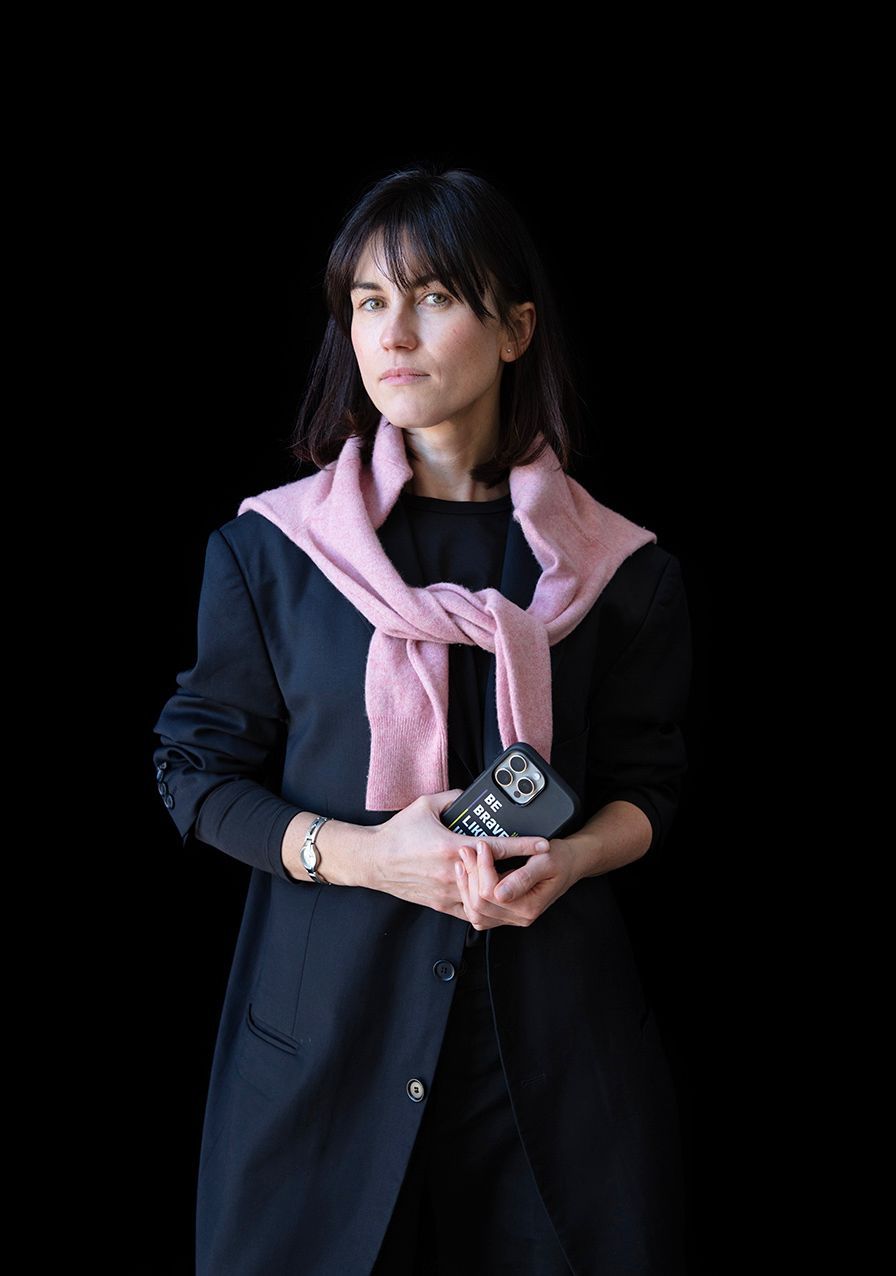
Female Voices in Art: Interview with Mariana Varchuk, Curator Khanenko National Museum of Arts, Kyiv
